From your neighbor’s pet cat to huge cats like tigers, cheetahs, jaguars, lions, and many others, cats are found all over the world. All other big cats, with the exception of moms and cubs, live solitary lives, with the exception of lions, who live in social groups called pride.
The cheetah, one of the largest cats, is the fastest land mammal on Earth. Let me mention some of the fastest cats in the world. Some of the huge cats are too fast to chase and hunt prey.
1. Cheetah
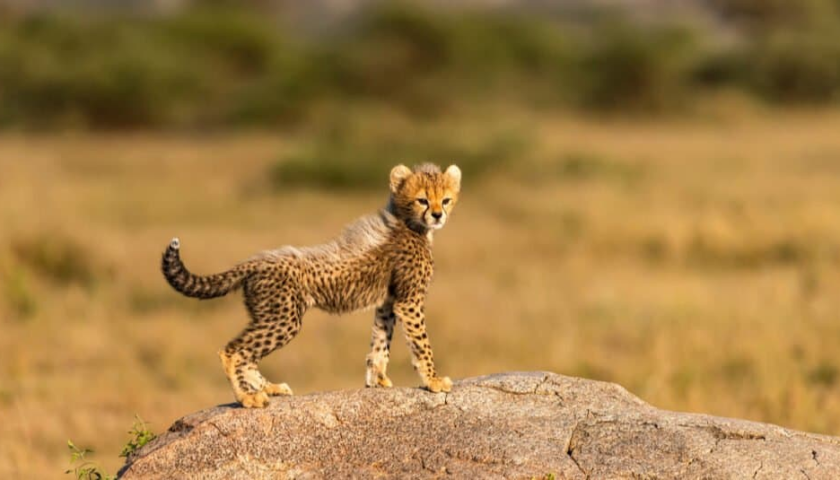
The grasslands, savannas, and semi-arid regions with sufficient open space and an abundance of prey are home to the fastest land mammal and one of the largest cats in the world. The species was mostly found in Africa and Asia, but both are currently in danger of extinction. The adult cheetah weighs between 75 and 145 pounds, can reach a length of 4 feet, and stands between 2 and 3 feet tall.
Regarding beauty, it is regarded as one of the best animal patterns in the world due to its orange hair that is covered in black spots and two black lines known as “black tears.” Although the species is a diurnal one, meaning it is active during the day, most African animals hunt at night. Cheetahs have a 12-year lifetime on average in the wild.
2. Egyptian Mau
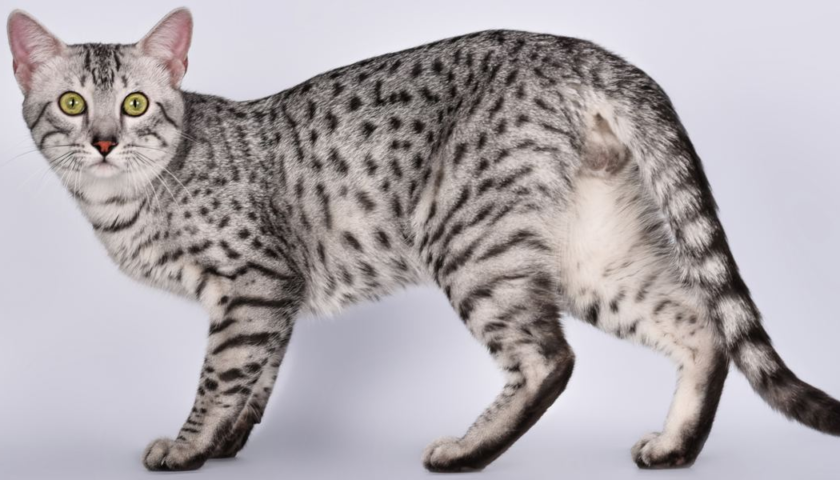
The Egyptian Mau is one of the rare breeds that competes for the title of quickest tiny cat, whereas the common domestic cat (Felis catus) cannot keep up with some of the big cats. These extraordinary cats are not only wonderful pets, but they are also natural athletes with top running speeds of 30 mph. They are well-known for being talkative, curious, and sociable with their human family members when they are pets.
The short hair of the Egyptian Mau can have a startling blue, silver, or grey tint with darker patches or lines. The breed is rather uncommon and challenging to locate outside of Egypt. It is reputed to be the world’s fastest breed and is one of the oldest domesticated species in existence.
3. Leopard
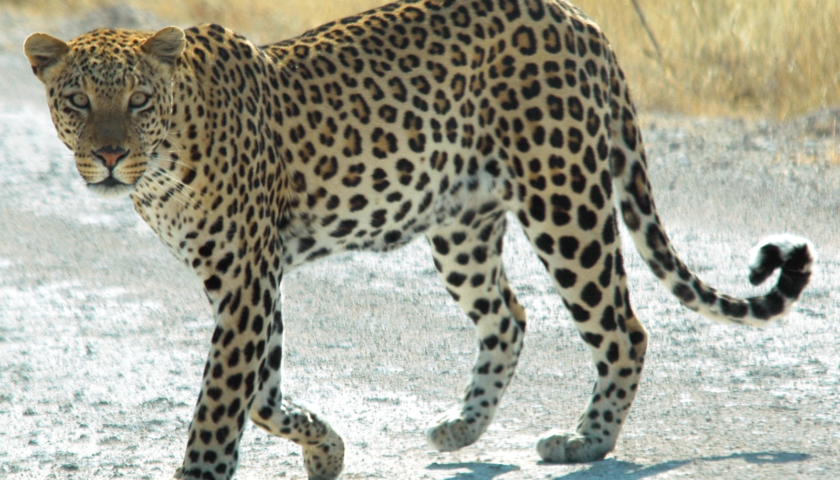
With a total of 9 species spread out from Asia to Africa, the leopard is the cat family member with the greatest geographic distribution. The majority of their sightings occur in rainforests, coastal scrublands, woodlands, swamps, and deserts, as well as steppes, mountains, and deserts.
Due to habitat destruction and illicit poaching, the number of species is steadily decreasing. Its length and weight range from 46 to 165 pounds and 36 to 74.4 feet, respectively. Regarding looks, it has a coat that is either yellow or golden and covered with rose-shaped black markings, sometimes known as rosettes. There are distinct black patches all across the tummy. Leopards live 12 to 15 years on average in the wild.
4. Serval

One of the swiftest wild cats now living in the wild is the serval (Leptailurus serval). These small, agile creatures can reach speeds of up to 50 mph for brief periods while weighing only 10 to 40 pounds. They have remarkable potential for leaping, dodging, and moving because to their lean and athletic build.
Servals are indigenous to Africa’s sub-Saharan region, and much of the continent serves as their natural home. They can survive in grasslands and other outskirt areas but prefer wetland habitats because of the potential prey and water supplies. They hunt numerous rodents, birds, and frogs, among other smaller animals, for their food.
5. Cougar
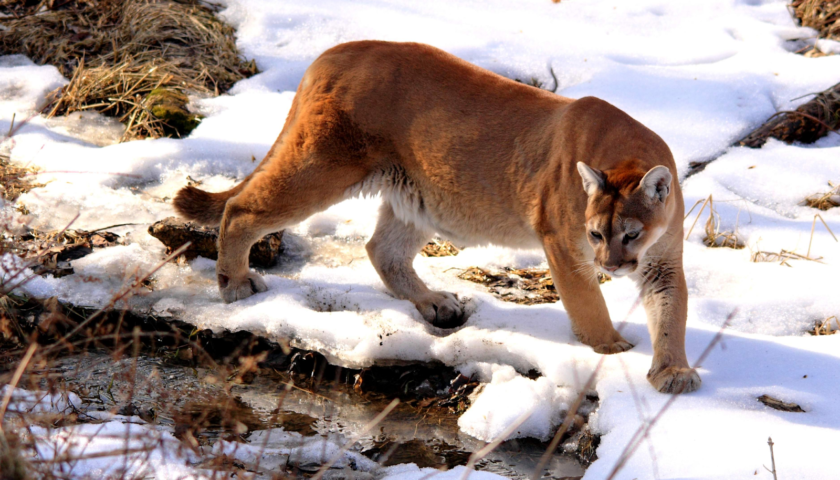
Pumas or mountain lions, which are native to Washington state, are other names for cougars. Regarding appearance, cougars can be recognised by their cat-like features, consistent body coloration of gray to reddish-tan, and long tails that are nearly one meter in length, or one-third of their overall length.
The muzzle and breast are white in color, but the face has black patterns. Because they are excellent at hiding, carnivorous species are rarely observed in the wild. The mature male Cougar can weigh up to 200 pounds, whereas the mature female can only reach weights of about 120 pounds. Deer, porcupines, raccoons, birds, small animals, foxes, mice, and grass are the main prey items for this species.
6. Margay
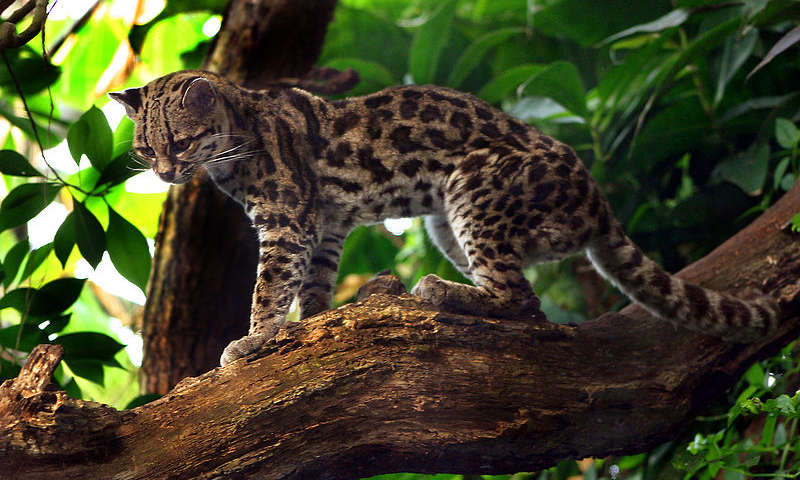
One more of the swiftest natural wild cats to the Americas is the margay. They resemble the larger ocelot cat species in many ways due to their small size and agility. These little, evasive, and fluffy wild cats typically have light-colored fur that is accented with a pattern of broken bars and dark-ringed patches.
Despite only weighing 5 to 10 pounds, these little cats are among the animal kingdom’s most skilled climbers. Without tiring, they can race along tree trunks and walk straight down them. In their native tropical and subtropical forests, they can run at speeds of up to 30 mph and dart through the underbrush like lightning.
7. Jaguar

The third-largest cat in the world, Jaguar comes in second in terms of speed with an average speed of 80 km/h. The largest cat in America is mostly found in woods, meadows, wetlands, and scrubby woodlands. The species is in risk of extinction due to overharvesting of their gorgeous fur, and they occasionally even attack the cattle on the adjacent farms. It can weigh 200 to 250 pounds and grow to be 5-7 feet long.
Regarding appearance, it has tan or orange fur that is covered in black dots that are organized in rosettes that are shaped like roses. Jaguar is a skilled tree climber and uses bark scratching to denote its territory. In the wild, it has a lifespan of 12 to 15 years.
8. Rusty Spotted Cat
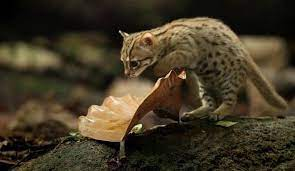
With an adult weight of 1 to 3 lbs, the rusty-spotted cat (Prionailurus rubiginosus) is one of the tiniest wild cats overall in addition to being one of the quickest small cat species. These amazing creatures are believed to be capable of reaching high speeds of more than 50 mph despite their diminutive size. However, there are still a lot of questions concerning their physical capabilities because of their enigmatic nature and constrained natural range.
They have somewhat planer fur and patterns than many of its feline relatives, but their head and face are still marked with recognizable lines. Only select regions of India, Nepal, and Sri Lanka contain these tiny cats. They pose a threat to chickens and other small, farmed animals because they frequently reside on the periphery of human society.
9. Eurasian Lynx
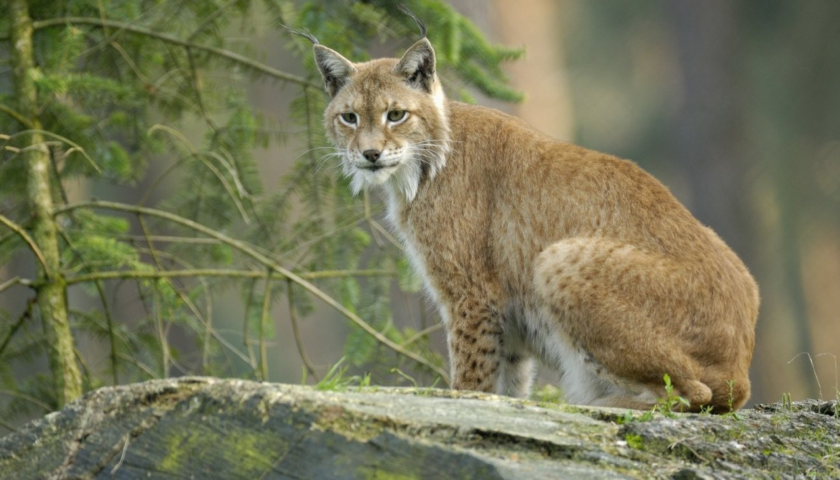
There are four different species of Eurasian lynx, including the bobcat, Spanish, Canadian, and Eurasian lynx. They are all primarily observed in North America, Europe, and Asia. It can reach lengths of 32 to 40 inches and weights of 4 to 8 inches on average.
Regarding appearance, it has lovely thick fur whose color varies depending on the season, typically being light brown in the summer and gray in the winter. In the wild, the species has a 14.5-year average lifespan.
10. Snow Leopard
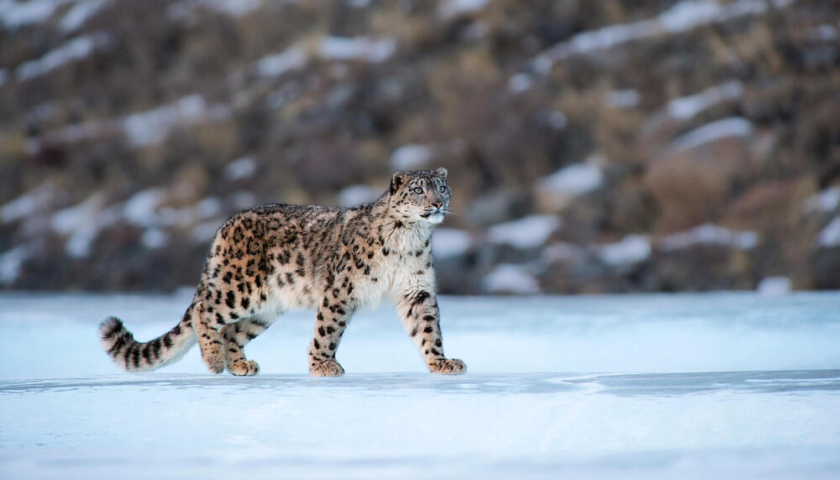
Snow leopards are wild cats that can only be found in a few isolated areas in South and Central Asia. It thrives at elevations between 9800 and 17000 feet in the chilly, dry highlands. Because of overkill hunting for fur and body parts, the number of leopards and snow leopards is steadily declining.
It can weigh between 77 and 120 pounds and grow as long as 6 to 7.5 feet. When it comes to aesthetics, Snow leopards have velvety, thick coats that range in color from white to yellowish to gray, with rosettes of black dots surrounding brown patches. Unknown is the snow leopard’s typical lifespan in the wild.
Conclusion
There are many options when looking at the quickest cats in the world because almost all felines are swift on their feet. Top sprinting speeds are undoubtedly a significant aspect, but it’s also crucial to keep in mind that jumping, striking, and dogging speeds can all be equally crucial when it comes to grabbing prey and avoiding dangers. Although many of the fastest tiny cat species rely on their speed to be safe as much as they need it to obtain food, large cat breeds may not have to worry as much about avoiding predators.










